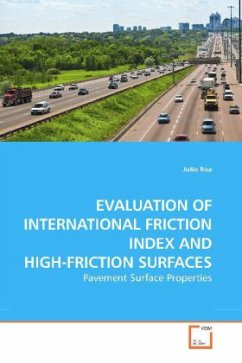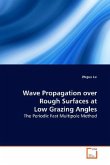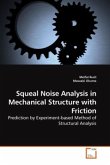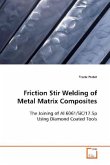Highway agencies have an obligation to provide users with optimal pavement surface under various weather conditions throughout the year. A satisfactory pavement surface should exhibit good friction and texture depth to reduce roadway highway accidents. There have been numerous research efforts by different countries and agencies to better understand the behavior of friction testing devices and the influence of texture, speed, and other external conditions on their measurements. The first part of this research presents a research effort to compare and harmonize texture and skid resistance measurements taken with various devices on 24 pavement sections with a wide range of textures. Measurements were compared and the International Friction Index (IFI) calculated following PIARC and ASTM steps. This research presents a study of the High-Friction Surfaces available on the U.S. and their performance (friction and texture) in different applications, under different weather conditions, and in various locations. This thesis also presents the results of the benefit cost analysis for the studied HFS.
Bitte wählen Sie Ihr Anliegen aus.
Rechnungen
Retourenschein anfordern
Bestellstatus
Storno








